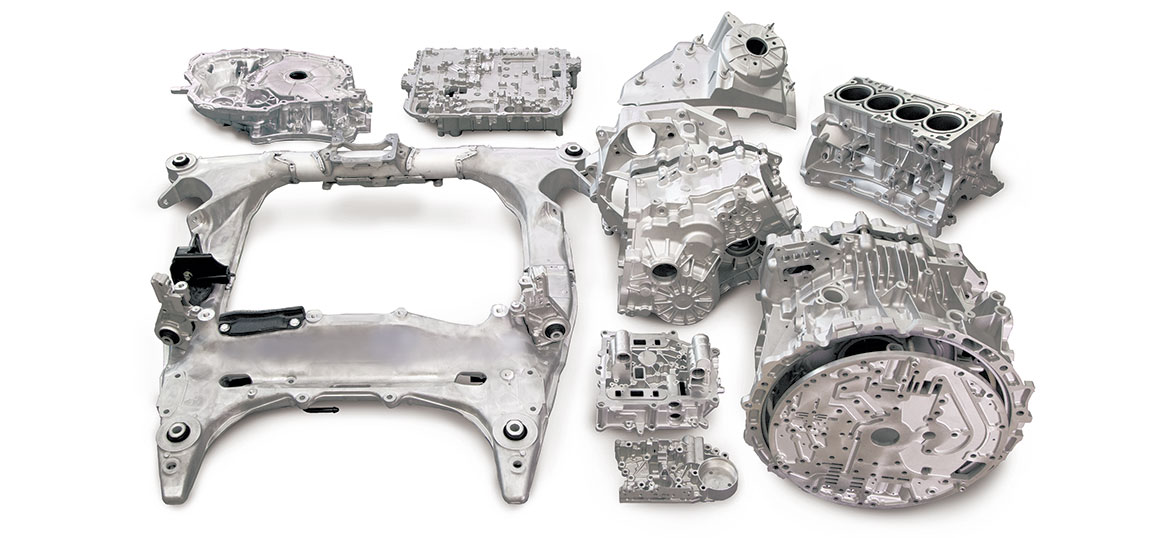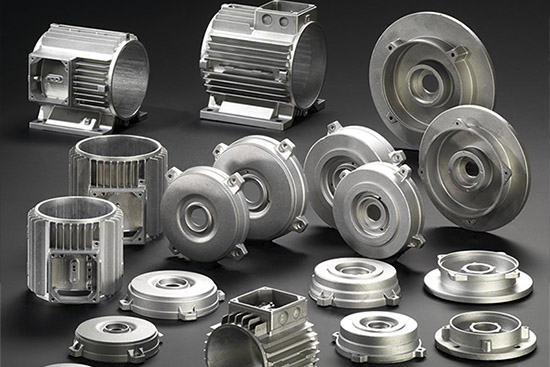
Diecasting's core is the mold. It's also known as a die, which carefully crafted out of reinforced steel that is able to endure any extreme elements of this casting. Die design is important, as it is required to support the molten metal's flow and hardening while making sure that the tolerances are tight to assure accuracy. During the diecasting process, metals such as zinc, aluminum, magnesium and copper are heated till they get molten. This molten metal is then put into the die cavity with high pressure, and fills every crevice in the mold. The rapid cooling and hardening of the material result in parts that exhibit excellent dimensional accuracy and a perfect surface finish, usually without the need for further processing or finishing.
One of the most significant benefits of diecasting is its ability to produce parts with high precision in dimensional measurement and smooth surface finishes. Injections of high pressure guarantee that the molten metal is precisely molded in the mold resulting with parts that need only minimal in terms of machining or finish. This precision is especially beneficial in the production of complex geometries as well as thin-walled segments that are challenging or impossible to achieve through other manufacturing techniques. Diecasting also produces components with precise tolerances and high repeatability, which makes it the ideal choice for production in mass quantities. The effectiveness of this process will also lead to savings in costs since the high production rates reduce labor costs and waste material.
Diecasting also offers considerable benefits in terms of mechanical properties as well as performance. Diecast parts are renowned for their durability and strength that are crucial features for parts used in demanding applications. The fine-grain structure that forms in the process of rapid cooling the metal helps to create these properties that make diecast components suitable for use for high-stress conditions. Diecasting also allows the use of thin walls and intricate components without harming the strength of the final product. This can be particularly useful in the automotive and aerospace sectors, where cutting down on weight whilst maintaining strength and structural integrity can be crucial to boost fuel efficiency and overall performance. To gather extra details please visit www.senadiecasting.com.my/

The diecasting material used play a crucial role in determining the properties and the performance of the final product. Aluminum is among the most commonly used materials due to its outstanding strength-toweight ratio, resistance to corrosion, and excellent thermal and electrical conductivity. Zinc alloys are also well-known with their high toughness, ductility and the capability of creating components with fine particulars. Magnesium alloys benefit from the advantages of being the lightest structural metal, making them perfect for use in areas that require weight reduction. Copper alloys, while more rare, are employed because of their outstanding electrical conductivity and corrosion resistance. The selection of the material is based on the requirements specific to the job, such as their mechanical properties, the environmental conditions, and cost factors.
Diecasting is a crucial manufacturing process that enables the creation of precision, high-quality metal parts across many industries. Its capability to make intricate shapes that have tight tolerances and smooth finishes is essential for projects requiring intricate details and consistent quality. Its efficiency and effectiveness as well as its cost-effectiveness diecasting add to its value, supporting mass production while maintaining the highest quality. Technology advances, and demand for durable strong, lightweight and robust components expands, diecasting will continue to be a key component of modern manufacturing. It will drive innovation and excellence in production.